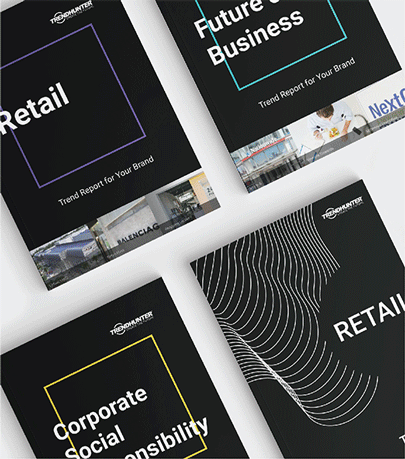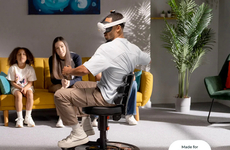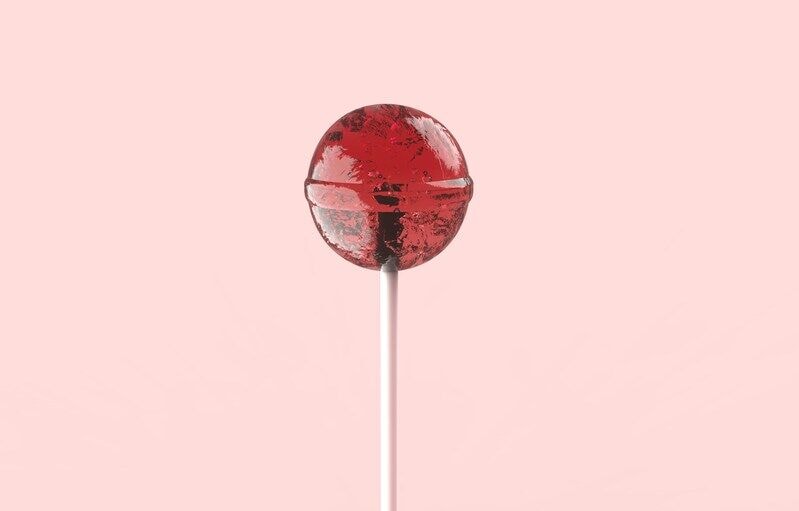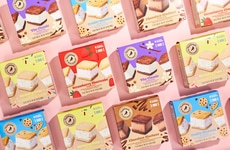
Researchers Developed a Device to Stimulate Taste in Virtual Worlds
Laura McQuarrie — January 9, 2025 — Tech
References: pnas.org & community.designtaxi
Researchers at the City University of Hong Kong successfully created a lollipop-shaped device that lets users experience taste in virtual, augmented and mixed realities.
While virtual and augmented reality experiences can offer stunning visual and auditory immersion, they often fall short in engaging users' sense of taste, leaving the full potential of sensory interaction untapped. This innovation taps into iontophoresis to send ions through safe hydrogels to stimulate specific tastes on the tongue without the involvement of a physical, flavored substance. Already, nine flavors can be stimulated: sugar, salt, citric acid, cherry, green tea, milk, passion fruit, grapefruit, and even durian—a fruit with a sweet flavor and a notoriously off-putting smell.
Made with portability in mind, the lollipop-like gadget comes in at just 15 grams, and is travel-ready thanks to a 3D-printed case.
Image Credit: Brecht Deboosere, Unsplash
While virtual and augmented reality experiences can offer stunning visual and auditory immersion, they often fall short in engaging users' sense of taste, leaving the full potential of sensory interaction untapped. This innovation taps into iontophoresis to send ions through safe hydrogels to stimulate specific tastes on the tongue without the involvement of a physical, flavored substance. Already, nine flavors can be stimulated: sugar, salt, citric acid, cherry, green tea, milk, passion fruit, grapefruit, and even durian—a fruit with a sweet flavor and a notoriously off-putting smell.
Made with portability in mind, the lollipop-like gadget comes in at just 15 grams, and is travel-ready thanks to a 3D-printed case.
Image Credit: Brecht Deboosere, Unsplash
Trend Themes
1. Multi-sensory Virtual Experiences - Virtual flavor simulators add a novel dimension to digital environments by integrating taste, potentially leading to more holistic and immersive experiences for users.
2. Portable Sensory Gadgets - The compact, travel-friendly design of the virtual flavor simulator emphasizes a growing shift towards portable and accessible tech solutions for enhancing digital sensory interaction.
3. Taste-driven Digital Interactions - Stimulating specific tastes in virtual worlds opens new pathways for interactive digital marketing and entertainment, where flavors can become a part of the engagement strategy.
Industry Implications
1. Virtual Reality - The integration of taste into virtual reality systems enriches user experience and expands the possibilities for educational, gaming, and simulation applications.
2. Food and Beverage - As virtual simulations of taste evolve, traditional food and beverage companies could explore digital tasting as a novel means of product sampling and customer engagement.
3. Consumer Electronics - The development of flavor stimulator devices signals a future where consumer electronics could routinely include multi-sensory interfaces to enhance user interaction.
8.3
Score
Popularity
Activity
Freshness
























